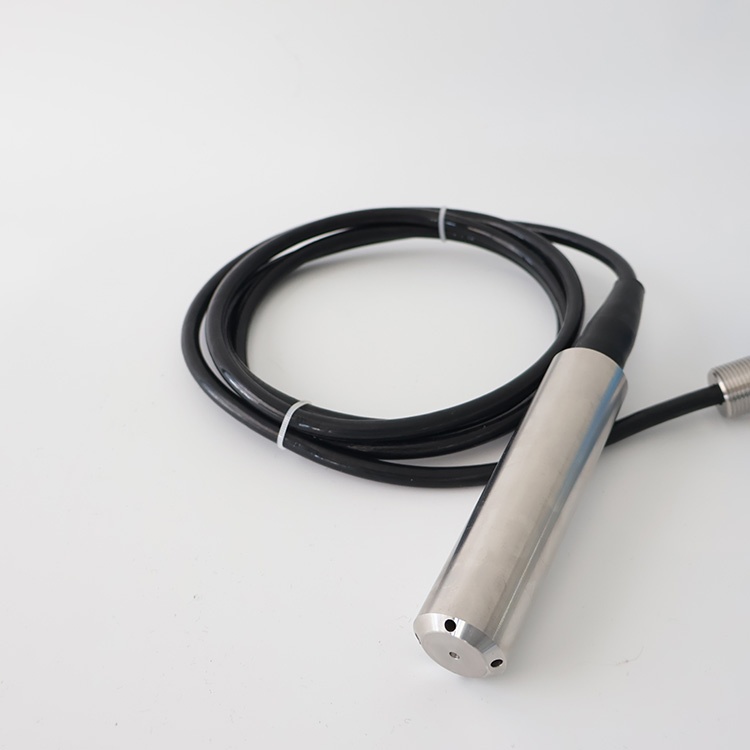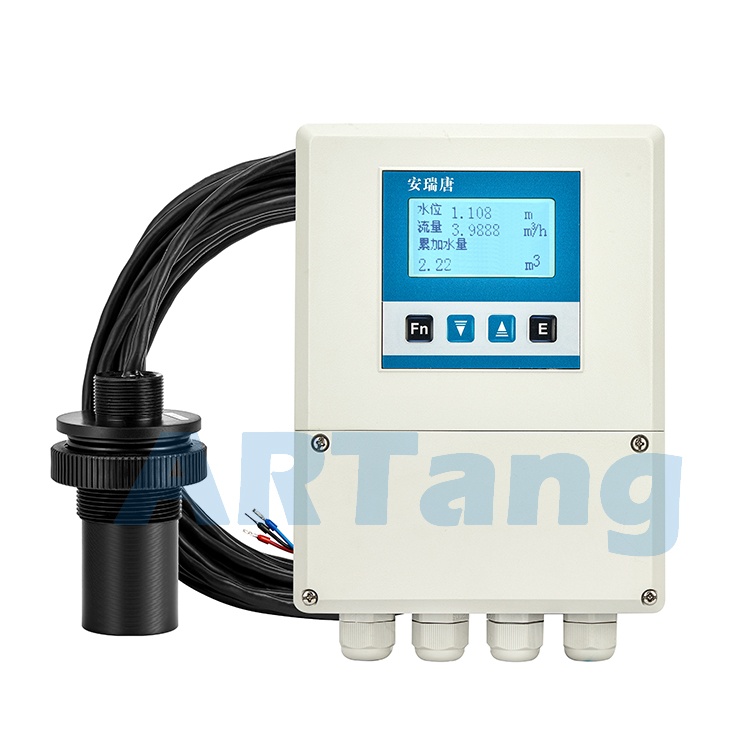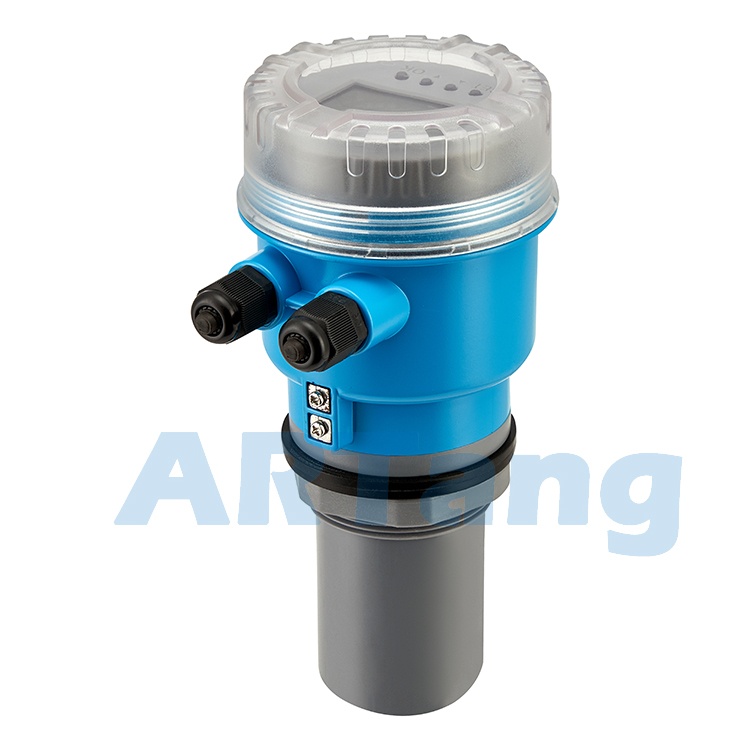-
Date:2025-09-03
-
Page View:146
Accurate liquid level monitoring is crucial across various industries. Water level transducers play a key role in ensuring efficient operations and preventing disasters caused by overflow or insufficient liquid levels. In this guide, we will delve into water level sensors, exploring their functions, types, applications, and more.
Water level transducers, also known as level sensors or transmitters, are electronic devices used to measure the depth or height of a liquid surface. These devices convert liquid level information into electrical signals, allowing monitoring systems or operators to easily read and interpret the data. Water level sensors are widely used in a variety of fields, including environmental monitoring, agriculture, water treatment, and industrial processes.
How Do Water Level Transducers Work?
The working principle of water level transducers depends on their type. Float-type level sensors use a buoyant ball that moves up and down with the liquid surface to measure its height. Pressure-based level sensors determine liquid levels by measuring the pressure exerted by the liquid. Ultrasonic level sensors operate on the principle that sound waves travel at different speeds through air and liquid; they emit ultrasonic waves and measure the time it takes for the echoes to return to determine the liquid level. Capacitive level sensors detect changes in capacitance between an electrode and the liquid to measure level height. Impedance-based level sensors, on the other hand, determine liquid levels by detecting differences in electrical resistance between a conductor and the surrounding medium.
Types of Water Level Transducers
There are various types of water level sensors, each suited for specific applications. Some common types include:
Submersible Pressure Level Sensors: These sensors are submerged in the liquid and measure the hydrostatic pressure exerted by the liquid column above. The pressure reading is converted into a level measurement.
Ultrasonic Level Sensors: These sensors emit ultrasonic waves and determine the water level by measuring the time it takes for the waves to return.
Radar Level Sensors: These devices transmit radar waves that reflect off the liquid surface. The liquid level is determined by measuring the time it takes for the waves to return. Radar sensors are suitable for a variety of environments.
Capacitive Level Sensors: These sensors measure changes in capacitance between two electrodes: one immersed in the liquid and the other in air. Changes in liquid level affect the capacitance, resulting in variations in the electrical signal.
Guided Wave Radar Level Sensors: Similar to radar sensors, these devices use guided radar waves to measure liquid levels. The waves travel along a probe inserted into the liquid, and the liquid level is measured based on the time it takes for the waves to return.
Hydrostatic Level Sensors: These sensors operate on the hydrostatic pressure principle, measuring liquid pressure at a certain depth and converting the pressure reading into a level measurement.
Differential Pressure Level Sensors: These sensors use the difference in pressure between the liquid and a reference point to determine the liquid level.
Magnetostrictive Level Sensors: These sensors utilize the magnetostrictive principle, where the magnetism of a wire changes due to a magnetic field generated by a probe. The position of the magnetic field indicates the liquid level.
Optical Level Sensors: Optical sensors use light to determine the liquid level. The presence or absence of light at a specific point in a transparent column indicates the level.
Vibrating Fork Level Sensors: These sensors use a vibrating fork or rod. When liquid covers the fork, the vibration changes, indicating the liquid level.
Conductivity Level Sensors: These sensors measure the electrical conductivity of the liquid, which changes with the liquid level. The conductivity measurement corresponds to the level.
Piezoelectric Level Sensors: These sensors use piezoelectric crystals that generate an electric charge when subjected to pressure changes caused by the liquid level.
Float and Tape Level Sensors: This type of sensor uses a tape with a weighted float that descends into the liquid. The liquid level is determined by the length of tape unwound.
Diaphragm Pressure Sensors: These sensors feature a diaphragm that flexes with changes in liquid pressure, producing an electrical signal proportional to the liquid level.

Submersible Level Sensors

Ultrasonic Level Sensor

Ultrasonic level measurement
Applications of Water Level Transducers
Water level transducers are devices used to detect or measure the height of liquids, such as water. Their working principles vary depending on the type. Below are the operating mechanisms of several common types of water level sensors:
Water level transducers are widely used across various fields, including but not limited to the following areas:
Water Resource Management: Used to monitor water levels in rivers, lakes, reservoirs, and wells to support effective water resource management and flood warning systems.
Industrial Automation: Employed to monitor liquid levels in industrial processes, ensuring operational efficiency and safety.
Environmental Monitoring: Utilized to observe water levels in oceans, rivers, lakes, and groundwater, aiding environmental protection and ecological research.
Agricultural Irrigation: Applied in farmland irrigation systems to control and ensure adequate water supply for crops.
Wastewater Treatment: Used to monitor water levels in wastewater treatment facilities, ensuring efficient and effective processing.
Water Quality Monitoring: Integrated with water level data to track changes in water quality and assess the health of water bodies.
Whether you need to monitor water levels in wells, storage tanks, or other industrial or environmental settings, ARTang water level transducers offer an ideal solution. Designed to withstand harsh conditions, these devices deliver accurate readings even under extreme temperatures and demanding environments.
One of the key features of ARTang water level transducers is their versatility. They can be used in a wide range of applications, including water treatment, irrigation, mining, and more. Additionally, they are available in various sizes and configurations to meet the specific requirements of different industries and applications.










